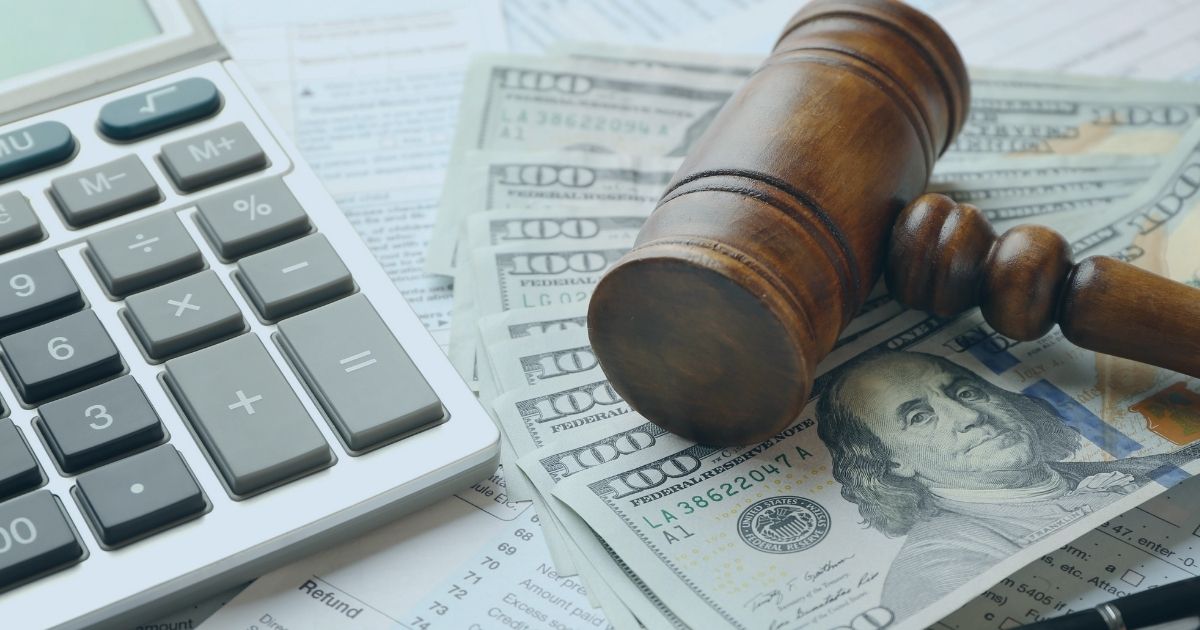Through its lawyer, every creditor – just as the Revenue Agency can – has the right to access government databases in order to obtain information useful for recovering its debts.
In this article:
The debtor's assets and the methods used to trace them
For debt collection action to be effective, it is necessary to know what the debtor’s bank accounts are and/or what assets make up his or her assets. The problem is that sometimes such information is not available and one must take action to obtain it.
In fact, the case of the truly “null and void” debtor is very rare. In truth, in most cases, the debtor simply … cannot or will not pay. In still other cases, the debtor is a very clever individual who has learned to hide his or her assets.
An experienced lawyer can trace the debtor’s assets through land registry searches, through the PRA (public motor vehicle registry), but more importantly, he or she knows that there is a method for investigating and obtaining useful information for recovery. This is the “search by telematic means of the assets to be attached.” Let’s see exactly what it consists of.
How to get access to public administration databases?
There is a very interesting rule in our legal system that allows the creditor to make access to public administration databases.
In order to obtain access to such databases, a lawyer who is active in the field and experienced in the matter may file a petition. According to Article 492 bis: “upon application of the creditor, the president of the court of the place where the debtor has his residence, domicile, abode or seat, having verified the right of the petitioning party to proceed to enforcement, shall authorize the search by telematic means of the property to be attached.”
The creditor’s lawyer, through the “search by telematic means of the assets to be attached” under Article 492 bis of the Italian Code of Civil Procedure can really make a seizure or attachment effective. Let us see specifically what information can be obtained.
What information about the debtor can be obtained?
Access to public administration databases makes it possible to trace the debtor’s relationships with banks and credit institutions, relationships with employers, business partners or principals. Simply put, the competent body, once it has verified that the creditor has all the requirements to proceed with execution, authorizes access to the databases of the tax registry (including the archive of financial relationships) and social security institutions,
Using the statements, the creditor’s attorney can locate:
- current accounts and other bank relationships with credit institutions;
- income from employment;
- pension or other social security and welfare benefits;
- contracts registered with the Internal Revenue Service (e.g., leases etc.)
- corporate dividends, returns or bonds.
Who can get access to information and how it is actually done
The request can be made by any creditor-through his or her lawyer – as long as he or she has a valid writ of execution and an enforceable title such as, for example, an injunction, a promissory note or a past-due check, a judgment, etc.
Once in possession of information about the debtor’s assets, the lawyer initiates the so-called enforcement action. The most common choice is to proceed with a so-called third-party garnishment because it allows the creditor to freeze the debtor’s assets or rights located with a third party.
An attempt is usually made to attach or seize:
- money held in bank accounts in the debtor’s name;
- one-fifth of the salary and/or severance pay from the employer;
- the fifth of the retirement pension at the INPS;
- rent payments at the tenant’s premises.
As mentioned above, in order to guarantee the successful outcome of the expropriation proceedings, the attached sums are “frozen”: in the case of garnishment of current accounts, for example, the debtor can no longer make withdrawals.
When the garnishment is effective, as a rule, the operation ends with the assignment of the sums and the payment of the third party (e.g., the bank) directly to the creditor. However, it may happen that an “inexperienced” legal action gives the debtor time and a way to conceal his assets. Let’s see how to avoid this.
The importance of acting by surprise.
For the recovery action to be effective, it is necessary for the debtor to be unaware that the freezing of his or her assets is imminent.
The recovery procedure in practice involves:
- the obtaining of an enforcement order;
- the service of a writ of execution;
- the search for the assets to be attached (as we have seen in this article); and
- the service of the attachment.
Provided that there are the prerequisites of the Law, it is possible to avoid the service of the precept in order to safeguard the so-called “surprise effect.” After all, the garnishment is nothing more than the last “payment notice” addressed to the debtor, and the latter, instead of paying, could take advantage of it to make the assets disappear.
It is also advisable to file the application for “search by telematic means of the assets to be attached” under Article 492 bis of the Code of Civil Procedure at certain times of the year so as to have up-to-date information.
In extreme cases, it would be possible to proceed with the attachment of the debtor’s property by adopting a procedure quite different from the one indicated above
In conclusion, depending on the cases and situations, the legal recovery ritual summarized above can be strategically adapted, even very incisively, to make it effective in practice.
© Canella Camaiora S.t.A. S.r.l. - All rights reserved.
Publication date: 6 December 2022
Last update: 7 May 2025
Textual reproduction of the article is permitted, even for commercial purposes, within the limit of 15% of its entirety, provided that the source is clearly indicated. In the case of online reproduction, a link to the original article must be included. Unauthorised reproduction or paraphrasing without indication of source will be prosecuted.

Marina Notarnicola
